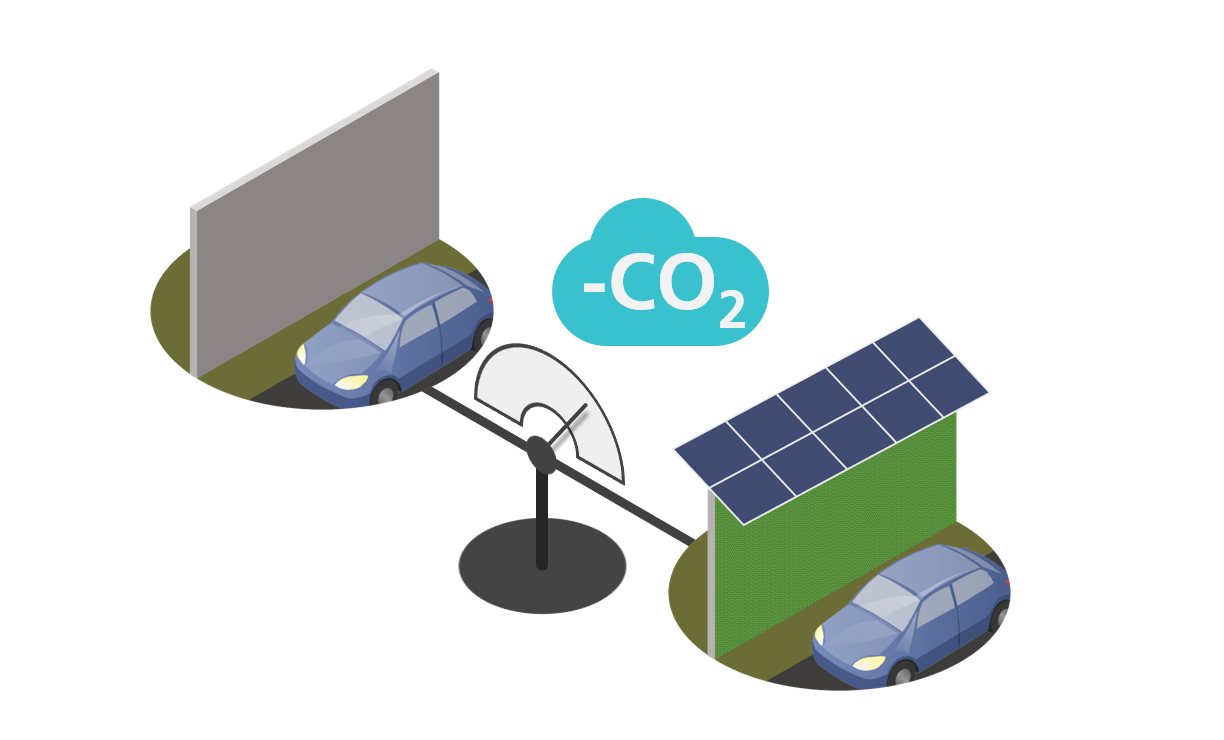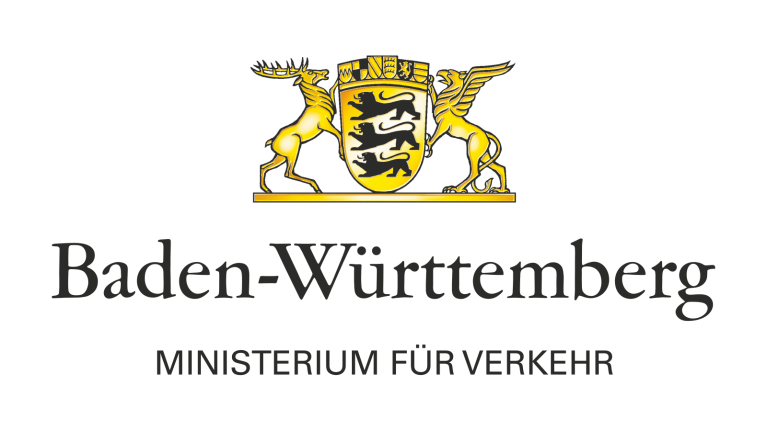In its efforts to attain climate neutrality, the Ministry of Transport Baden-Württemberg wants to extend the use of photovoltaic systems (PV) to noise control structures (NCS). To this end, the potential of this concept must be analyzed, taking into account legal requirements and technical feasibility. Further relevant aspects also need to be considered, such as planning, orientation, shade, installation and maintenance, connectivity and nearby energy consumers, e.g. proximity to urban settlements, charging stations. Ensuring or even enhancing the acoustic function is, of course, still of primary importance.
Carbon-neutral noise control structures
Project goals
With the aim of unlocking the potential of carbon-neutral noise control systems, the project is dedicated to pooling literature, standards and practical experience from different disciplines as well as to expanding the data, models, and methods required to achieve this. The focus is on achieving sustainable and effective noise control systems tailored to requirements. With this in mind, an overall life cycle assessment needs to be made that takes into account the use of resources (materials, construction methods, PV components, etc.), environmental indicators (GWP, land use, etc.), the “CO2 gains” from renewable energy, of course, and, if applicable, greening.
The resulting knowledge will enable the potential of the system to be accurately determined and new, innovative concepts to be evaluated during the development phase.
Current project status
In a structured workshop with experts from public institutions, road and rail construction, business and science, the main prerequisites and obstacles associated with installing PV systems on noise control structures could be identified.
Life cycle assessments are used to objectively compare the CO2 consumption during construction, maintenance and disposal of various NCSs, as well as to identify the potential to compensate for it by generating electrical energy.
Measurements - first in the laboratory, later on in-situ - enable the impact of different options for mounting PV modules to NCS on the acoustic function to be studied. This makes it possible to optimize their acoustic effect and maximize solar radiation in dependence on the direction they are facing.

